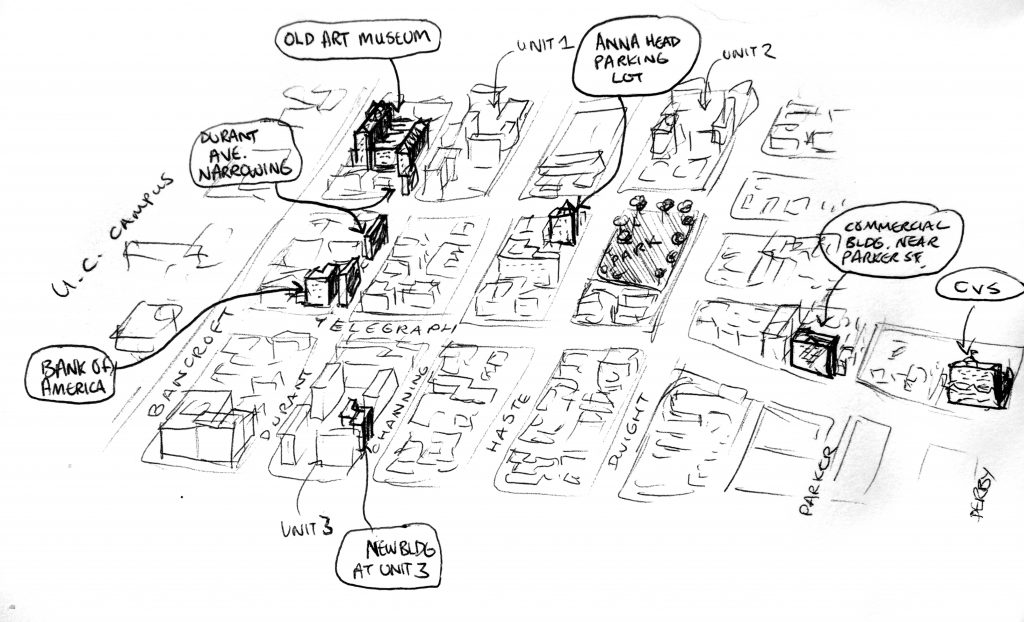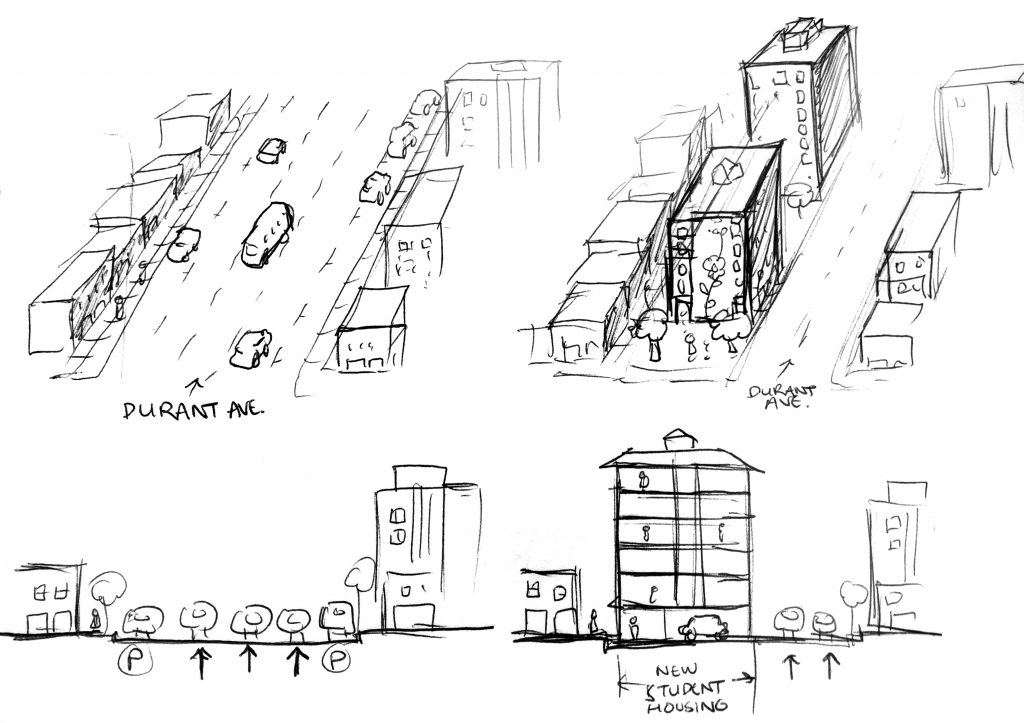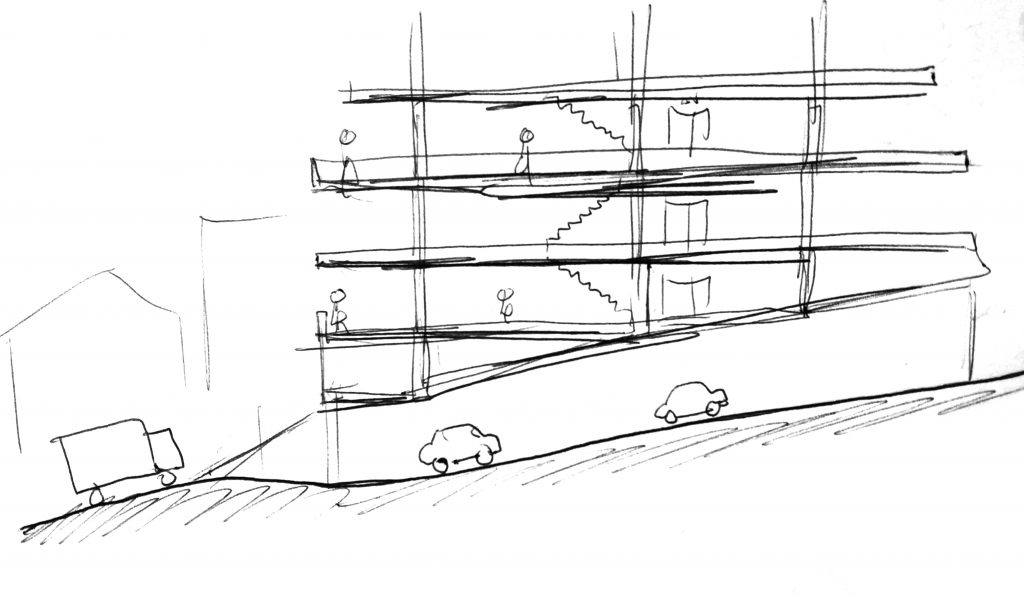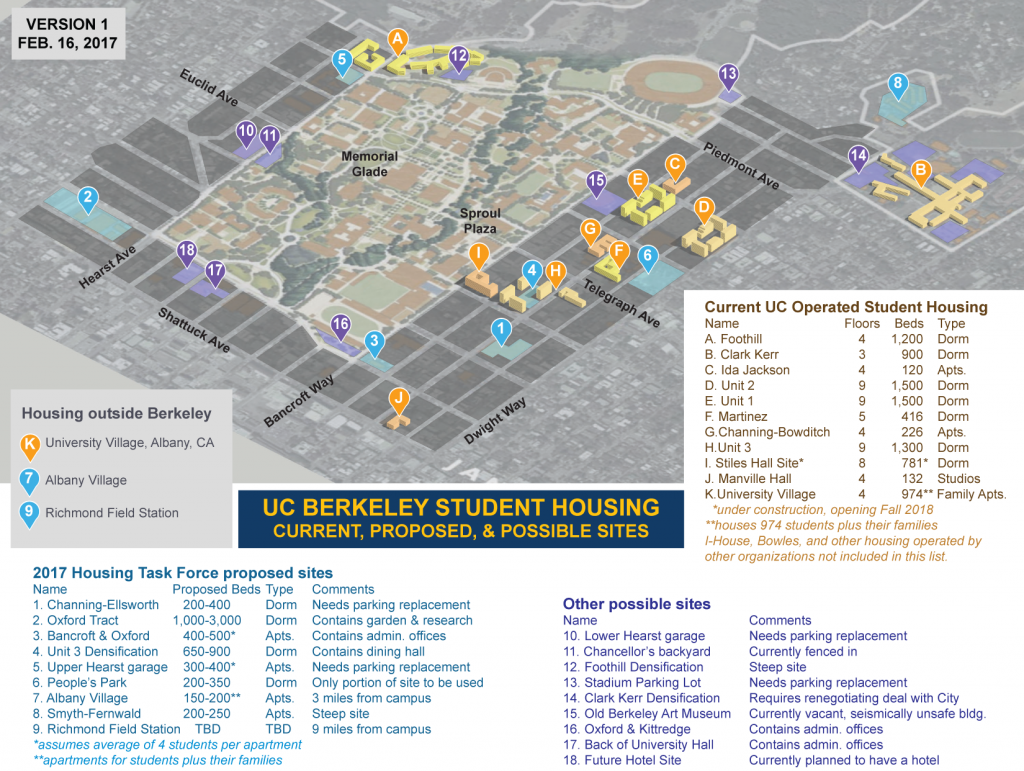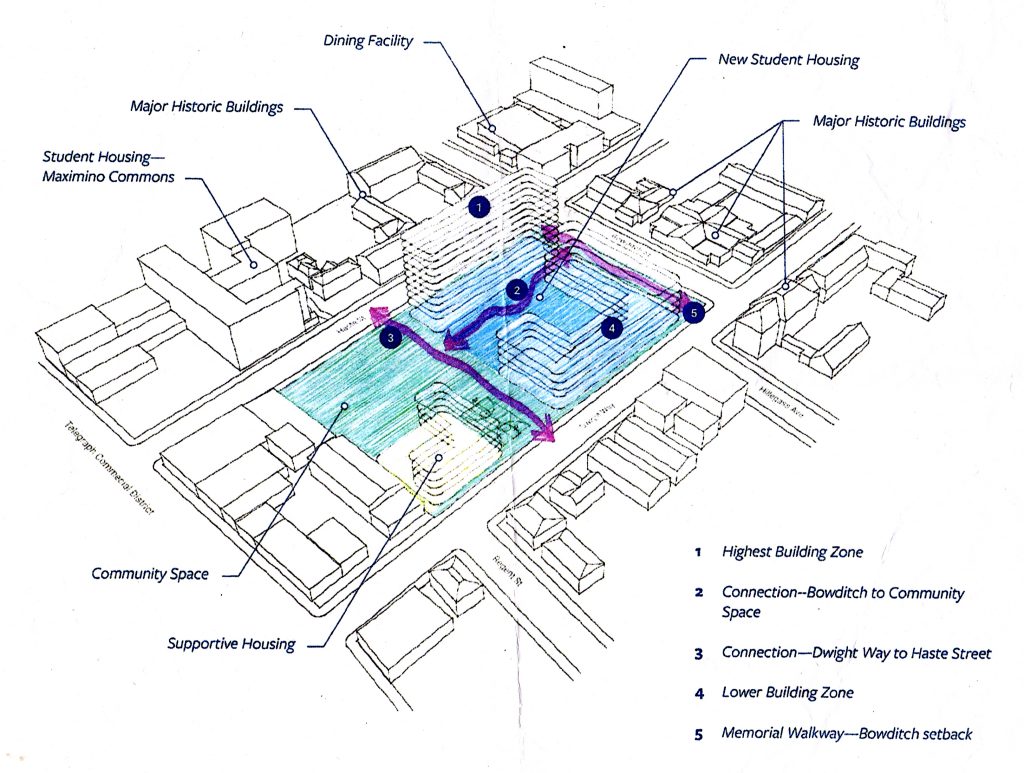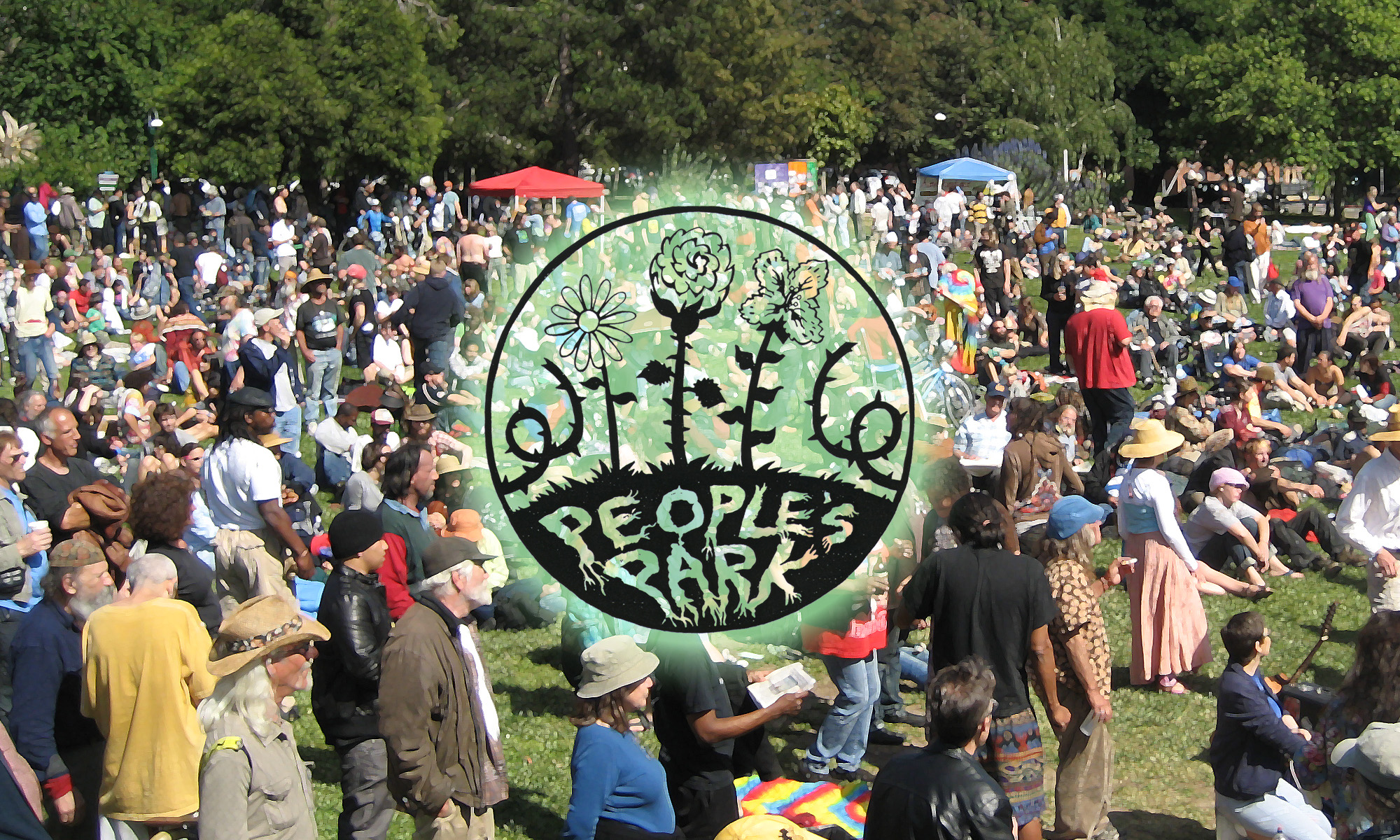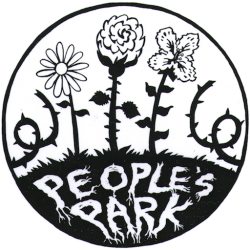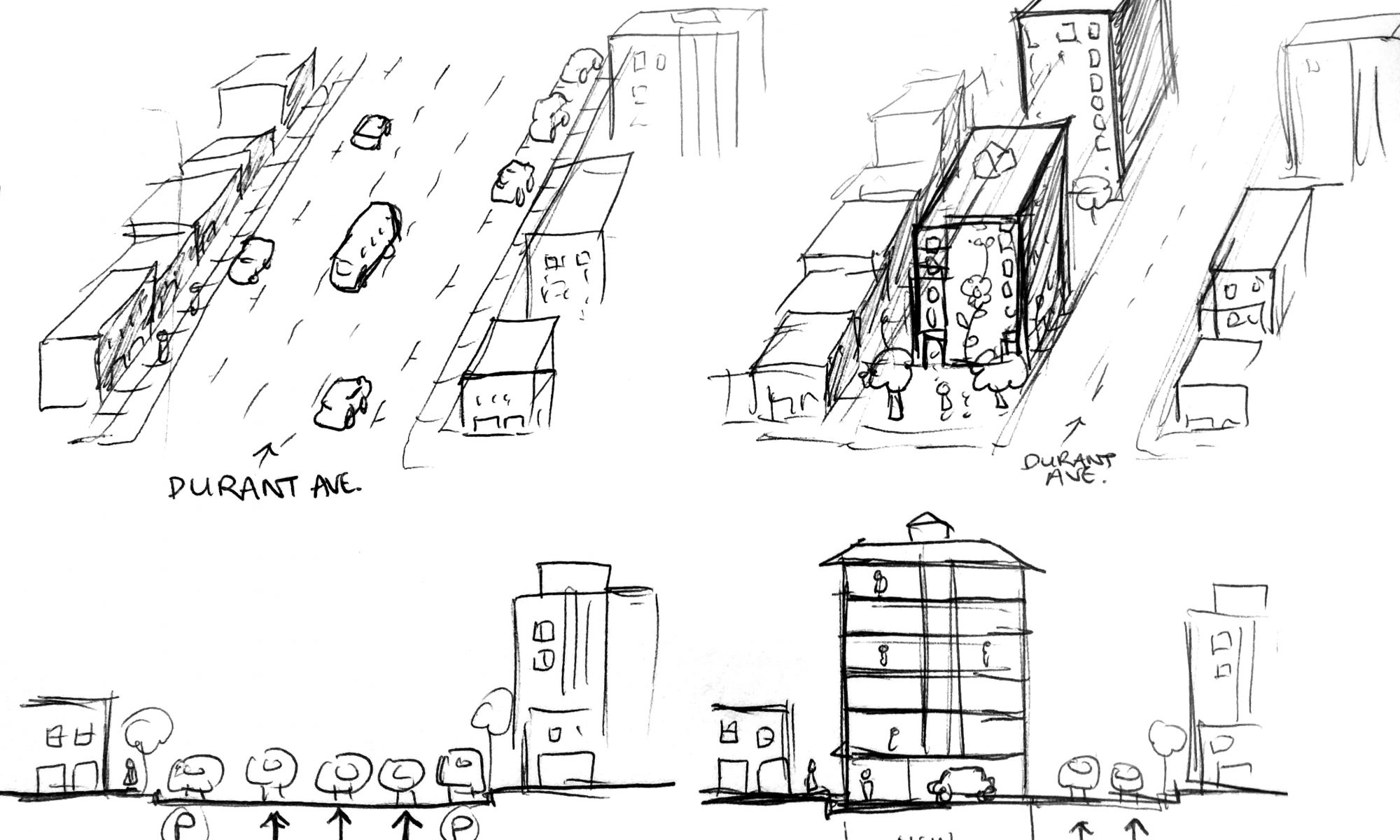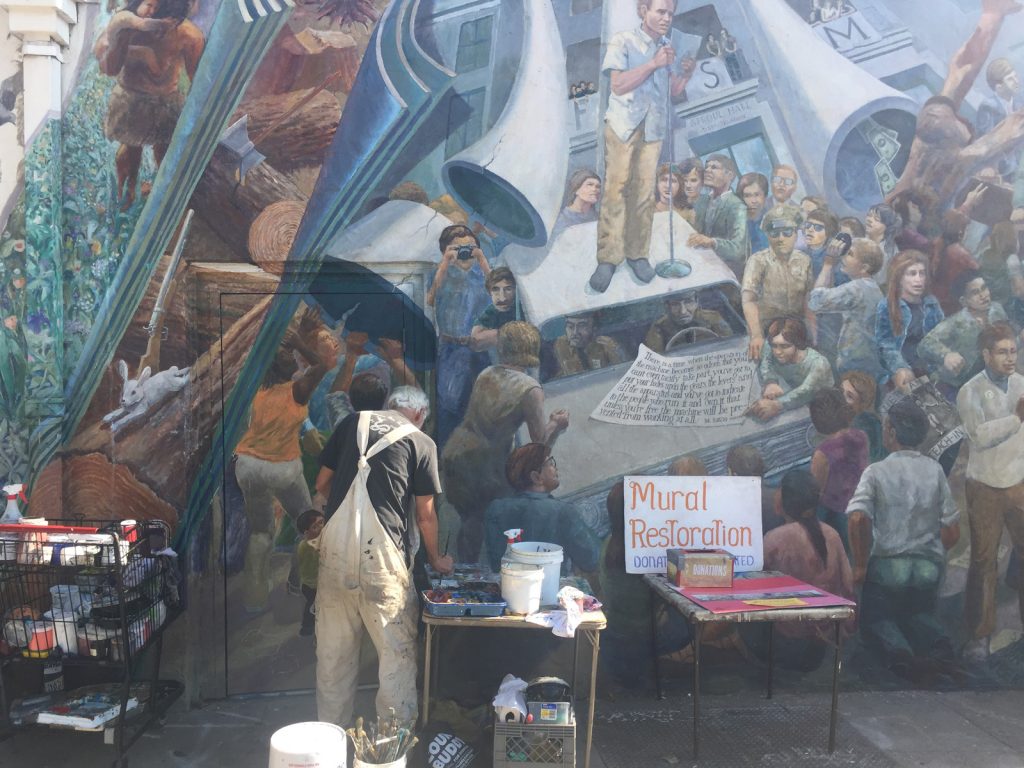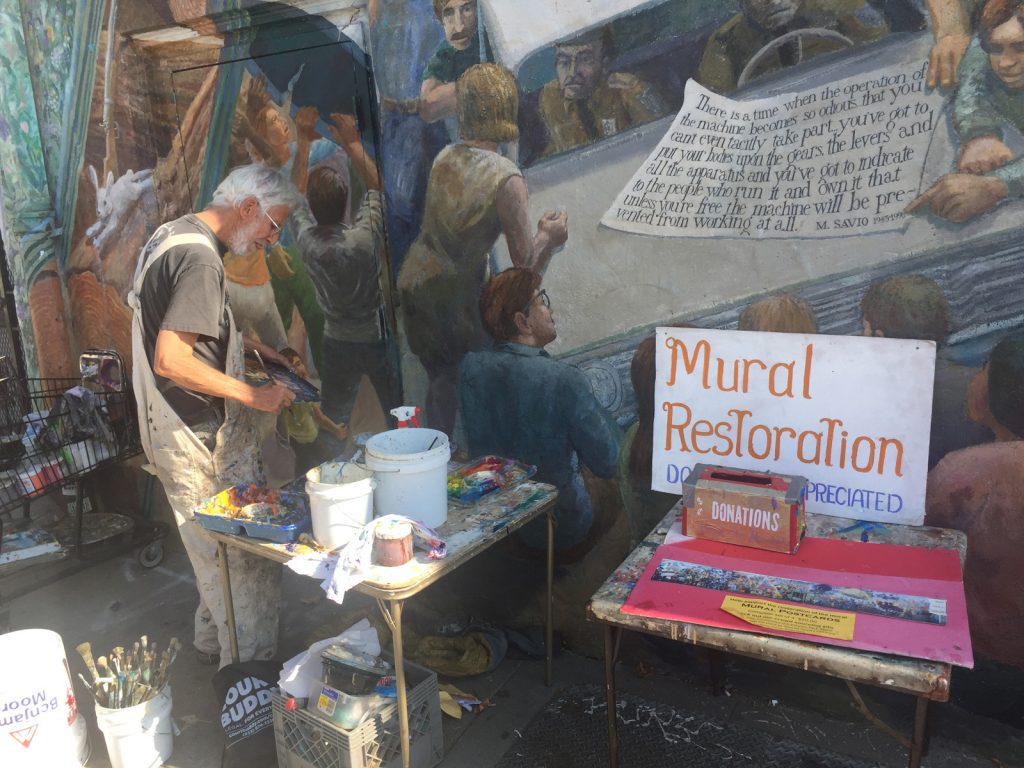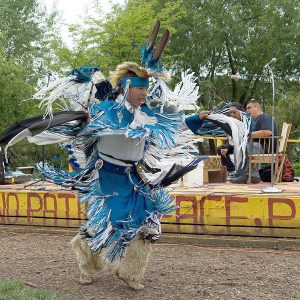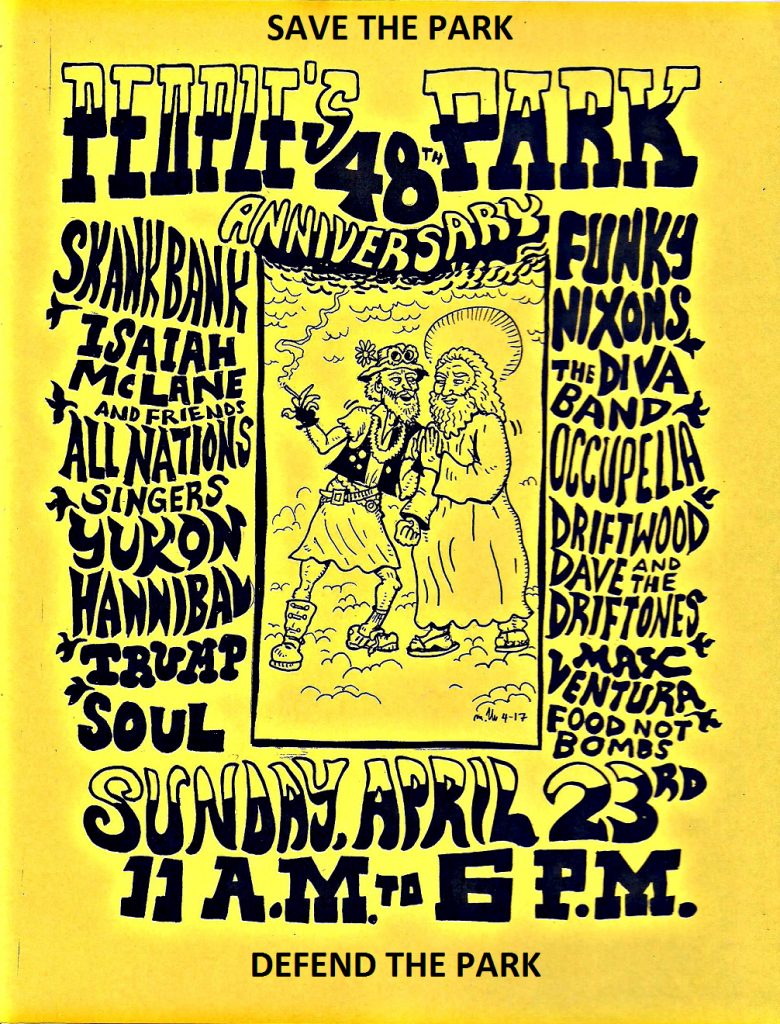by Ed Monroe, August 2018
Chancellor Christ has determined that Berkeley needs to double its capacity in ten years adding 7,500 beds. She states, “Whatever anyone thinks of the ideals that motivated the creation of People’s Park, it is hard to see the park as embodying those ideals. It is equally hard to determine who the people are that benefit from the park in its current form.” She says, “I have decided that People’s Park will be the first University-owned parcel to be developed and re-vitalized as we embark on our new long term effort to double the number of beds provided by the University.”
It is understandable that the chancellor finds it hard to see the park as embodying those ideals. The chancellor hasn’t been seen in the park very often.
In June 1967, the University of California acquired the land through eminent domain. In February 1968, they demolished the residences but left debris and rubble for 14 months. On April 13, 1969, activists presented a plan to local merchants and residents for developing the land into a public park. They wanted a free speech area that wasn’t controlled. On April 18, more than 100 people began building People’s Park. On May 13, Chancellor Roger W. Heyns notified the press that the university would build a fence around the property and begin construction. On May 15, a riot erupted between 4000 people
and 791 police officers, sheriffs, and highway patrolmen. Officers used teargas and buckshot. 128 people were admitted into hospitals with injuries and shotgun wounds. Student James Rector was killed. For two weeks the streets of Berkeley were patrolled by national Guardsmen. On May 23, the Berkeley faculty senate endorsed a proposal by the College of Environmental Design for People’s Park to be an experiment in community-generated design. UC students voted 12,719 to 2,175 in favor of keeping the park.
In the past 50 years there have been subsequent battles. In 1979, the university paved over what had previously been a dirt parking lot, promising that the lot would be free to everyone. A few weeks later they changed their policy to state that the lot would be for students only who would be required to pay. Then they precipitated a riot which resulted in people taking picks and shovels to remove the asphalt and convert the west end into a garden.
In December 1984 the Berkeley Landmarks Commission declared People’s Park a landmark for its historic and cultural importance to the City of Berkeley.
In 1991, the university announced its intention to build the volleyball courts. After numerous meetings and public hearings where everyone spoke out against the volleyball courts, the university built them anyway. This resulted in five years of riots that only ended when the volleyball courts were removed.
The most important ideal in the creation of People’s Park is the practice of free speech and the exercise of our Constitutional Right of Assembly. Over the last 50 years people have used the People’s Park stage for a variety of free speech events. According to Don Mitchell in “The Right to the City; Social Justice and the Fight for Public Space”, “The stage was built explicitly as a space for free speech and political action, and it has remained a center for rallies and organizing efforts in the city. In this sense, People’s Park was constructed as a public space for politics, as a place where political involvement and debate are encouraged and in a way that stood at odds with (but not disconnected from) the more orderly politics of the traditional parties, elections, council meetings, and the like.” People gather there to celebrate, protest, and share. Memorials are held there. Congresswoman Barbara Lee spoke from the People’s Park stage. Wavy Gravy hosted shows where Country Joe McDonald performed.
The World Music Fest, the Berkeley Mardi Gras, and the Hare Krishna Concert have been held in the park. Anti-war rallies, Mayday festivals, and Hip Hop shows happen on weekends in the spring and summer. During the Residence Hall Assembly Bear Fest, the park was decorated with yellow and blue balloons while students competed in games of tug-of-war, three-legged races, and pie-eating contests.
On one of their recent parades through Berkeley, flag-waving supporters of President Trump marched to the People’s Park stage to brag about the national right-wing victory, and complain about how they suffered through eight years of Obama.
When the Chinese government cracked down on the protestors in Tiennamen Square, a small group of about 20 people gathered at the stage in People’s Park that evening. There was no network. No one had called anyone else. They just showed up. Someone brought candles. They were lit in honor of brave people on the other side of the world who had sacrificed on behalf of freedom.
The problems of homelessness are ones that exist in every park in practically every city in the country. The recent self-serving tax cuts benefiting the banks, the multi-national corporations, and the rich will cause homeless camps to increase and expand. With the level of corruption in the leadership of our nation today, now more than ever people have a need to speak out.
Along with Food Not Bombs, a number of churches and student groups distribute food and other materials necessary for homeless and poor people to survive.
A variety of unique and colorful gardens have flourished under the hands of many community volunteers. A Peace Garden in honor of John Lennon and roses planted for Betsy the Dog Lady are there. The Fred Cody Redwood Grove is named for the founder of Cody’s Books. The gardens at the west end grow carrots and cucumbers, artichokes and beets. In among the greenery are daisies and clusters of pink angel trumpets. There are purple irises and yellow daffodils. “I love this park,” said Terri Compost, editor of “People’s Park, Still Blooming”, “it’s just got such a nature about it. It’s very much alive. I’ve gotten a lot from giving to this park.”
In Tom Dalzell’s opinion in Berkeleyside, May 3, he states, “The park is important open green space in an increasingly dense south campus. William Wurster was a fierce advocate of a “greenbelt of natural beauty” with no buildings around the campus. Hearst, Bancroft, Telegraph, Shattuck, and University are seeing big new buildings. As we debate the future of People’s Park, l urge that we keep in mind its unique value as a greenbelt, not just as hallowed historical ground.
“I also question the underlying assumption of the push for housing, the assumption that the university’s rapid increase in enrollment is good, necessary, and a problem that the city of Berkeley has to solve.”
To quote Lee Trampleasure’s letter of May 6, “While the open space of our parks provides us with beautiful areas to enjoy the outdoors, the very nature of this space makes it easy for those less fortunate, with little income or housing to ‘set up camp’ and, frequently trash our parks. People’s Park, not fitting in the protected category of a City of Berkeley or East Bay Regional Parks District (EBRPD) park, becomes an easy target for closure.
“There are similar problem associated with homelessness in Martin Luther King Jr. Civic Center Park but no one is going to suggest we build housing there. If we build on that lot, we will never get that open space back. | ask residents to take the long-view of development in Berkeley. As empty lots are built on and small buildings are replaced with taller buildings, the population of our city will continue to increase. We will continue to need more open space.”
— Ed Monroe, edmonroeartist@gmail.com, August 20, 2018
